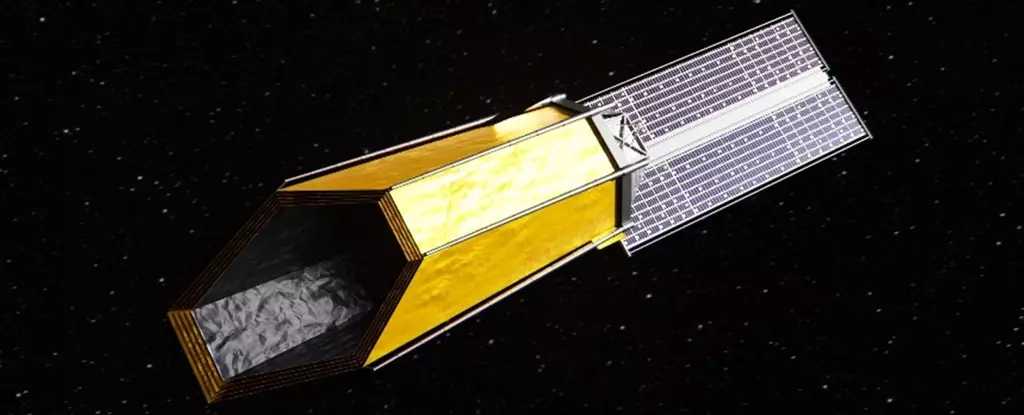NASA has recently announced its ambitious plan to build a groundbreaking telescope known as the Habitable Worlds Observatory (HWO) with the primary goal of searching for habitable worlds outside of our solar system. This innovative project is still in its early stages, with NASA having awarded contracts to three companies to conduct research on the advanced technology required for the telescope. The development of the HWO is projected to begin in late summer 2024, marking the initial steps towards a decade-long journey to unlock the mysteries of distant worlds.
The Habitable Worlds Observatory aims to launch a sophisticated space telescope that can directly image Earth-like planets orbiting stars similar to our Sun. In addition to capturing high-resolution images of these exoplanets, the telescope will also analyze their atmospheres for chemical signatures that may indicate the presence of life. This revolutionary mission underscores NASA’s commitment to exploring the vast expanse of the universe in search of potential life forms beyond our planet.
One of the key technological hurdles facing the development of the HWO is the need for advanced optics and mission designs capable of achieving unparalleled precision and stability. NASA has solicited proposals from leading aerospace companies to drive the technological advancements required for the telescope. The selected proposals, totaling $17.5 million in funding, will focus on developing cutting-edge technologies such as an ‘ultra-stable’ optical system, integrated modeling infrastructure, and deployable optical baffles to enhance telescope operations.
While the Habitable Worlds Observatory represents a new frontier in space exploration, NASA is leveraging insights from previous missions like the James Webb Space Telescope and the upcoming Nancy Grace Telescope to inform the development of the HWO. By drawing upon the expertise and lessons learned from these groundbreaking projects, NASA aims to streamline the technological innovation process and maximize the success of the Habitable Worlds Observatory mission.
As NASA embarks on this ambitious endeavor to build a telescope capable of hunting for habitable worlds, the scientific community eagerly anticipates the potential discoveries that may arise from the HWO mission. With its focus on directly imaging Earth-like exoplanets and analyzing their atmospheres for signs of life, the Habitable Worlds Observatory represents a bold step forward in our quest to unravel the mysteries of the cosmos. As we await the launch of the telescope in the coming years, the promise of unlocking the secrets of distant worlds and uncovering the possibility of life beyond Earth serves as a beacon of hope and curiosity for humanity’s exploration of the universe.


Leave a Reply